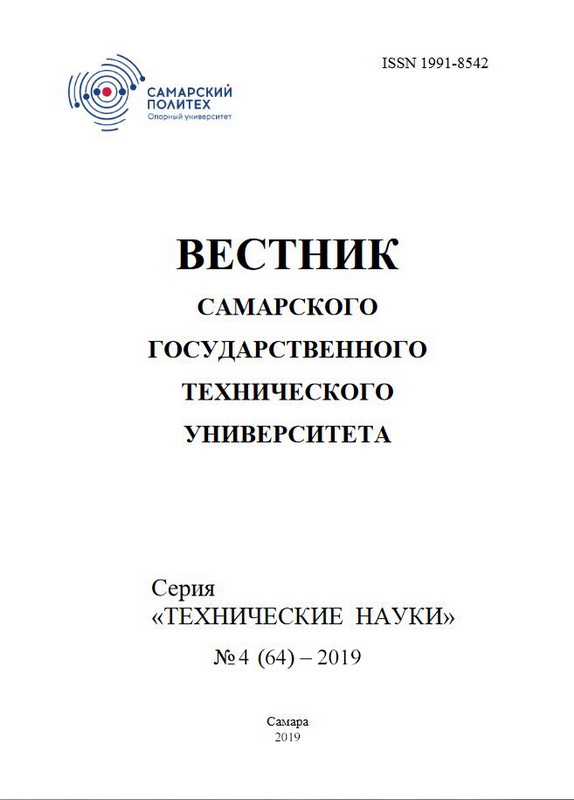Linearized mathematical model of submersible asynchronous motor
- Authors: Starikov A.V.1, Lisin S.L.1, Tabachnikova T.V.2, Kosorlukov I.A.1, Belyaeva O.S.1
-
Affiliations:
- Samara State Technical University
- Almetyevsk State Oil Institute
- Issue: Vol 27, No 4 (2019)
- Pages: 155-167
- Section: Electrical Engineering
- URL: https://journals.eco-vector.com/1991-8542/article/view/21358
- DOI: https://doi.org/10.14498/tech.2019.4.%25u
- ID: 21358
Cite item
Full Text
Abstract
Currently, submersible induction motors are widely used in electric centrifugal pump units, which provide the bulk of oil production in Russia. To maintain a given dynamic fluid level in the well, submersible pump control stations are equipped with closed systems with frequency converters. For the correct synthesis of the regulators of the dynamic level stabilization system, it is necessary to know the transfer function of the induction motor as a control object. It should be borne in mind that for matching a high-voltage submersible motor with a frequency converter, a step-up transformer and scalar frequency control of an asynchronous machine are used. Existing linearized mathematical models of an induction motor with this control method are approximate. Therefore, the purpose of this study is to obtain an updated model of a submersible induction motor. The article provides a well-known system of equations of an asynchronous machine with scalar frequency control. It is shown that this system is non-linear since a number of variables are multiplied in it. The linearization of the main nonlinearities was carried out by the method of their expansion into a Taylor series. In the linearized system, the frequency of the supply voltage of the stator is taken as the input coordinate, and the rotational speed of the rotor of the induction motor is taken as the output coordinate. Getting rid of the intermediate variables by the method of sequential substitution, we obtained the transfer function of a submersible induction motor with scalar frequency control. It is shown that the characteristic polynomial of the found transfer function is of the fifteenth order. Analytical expressions are found that connect the coefficients of the transfer function with the parameters of the induction motor and the coordinates of the starting point. The adequacy of the obtained mathematical model is estimated by comparing the modeling results of step response in a nonlinear system of equations and in a linearized one. It is shown that the discrepancy between the results does not exceed 0.54%.
About the authors
A. V. Starikov
Samara State Technical University
Author for correspondence.
Email: Info@eco-vector.com
Russian Federation
S. L. Lisin
Samara State Technical University
Email: Info@eco-vector.com
Russian Federation
T. V. Tabachnikova
Almetyevsk State Oil Institute
Email: Info@eco-vector.com
Russian Federation
I. A. Kosorlukov
Samara State Technical University
Email: Info@eco-vector.com
Russian Federation
O. S. Belyaeva
Samara State Technical University
Email: Info@eco-vector.com
Russian Federation
References
Supplementary files







